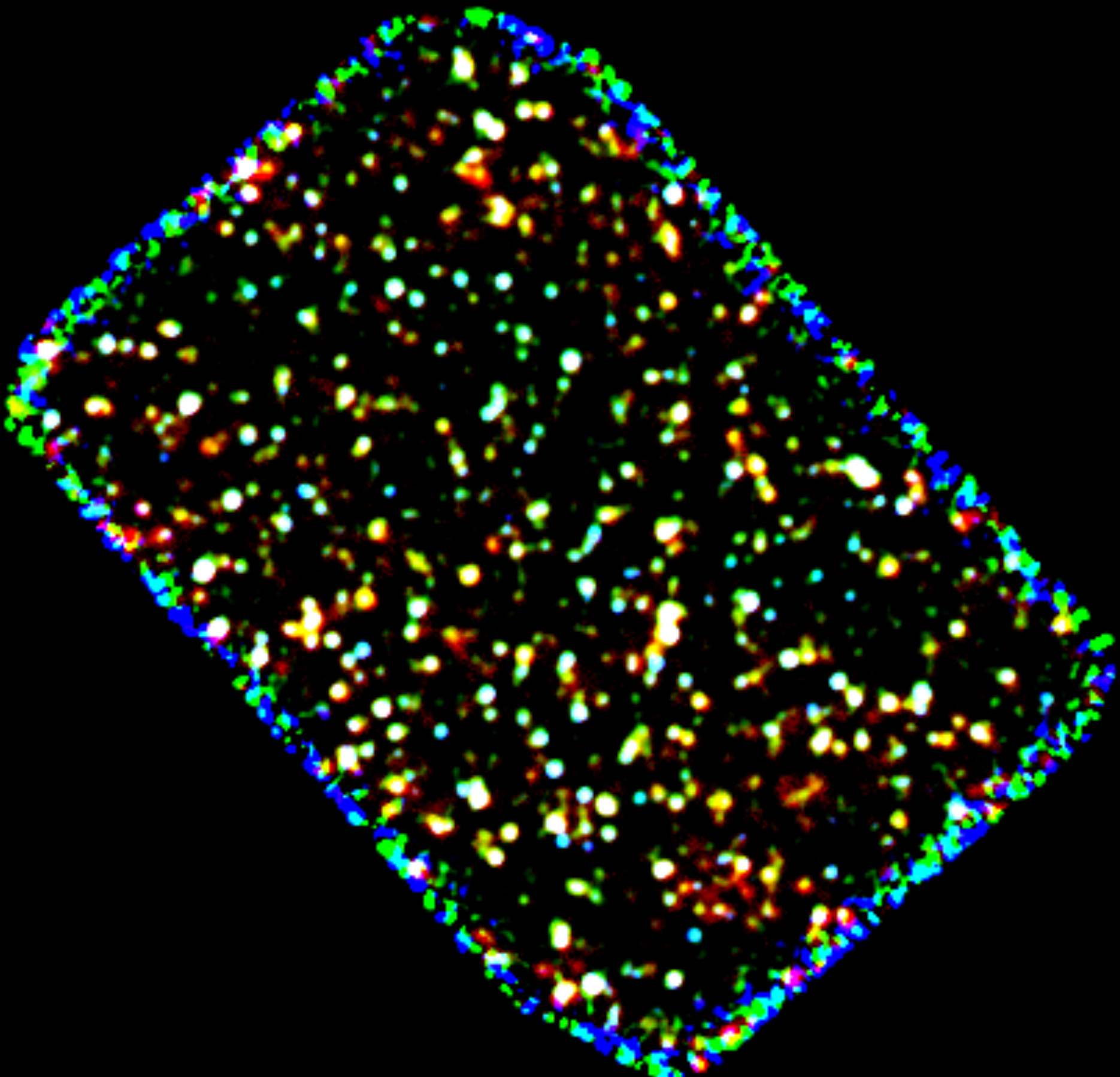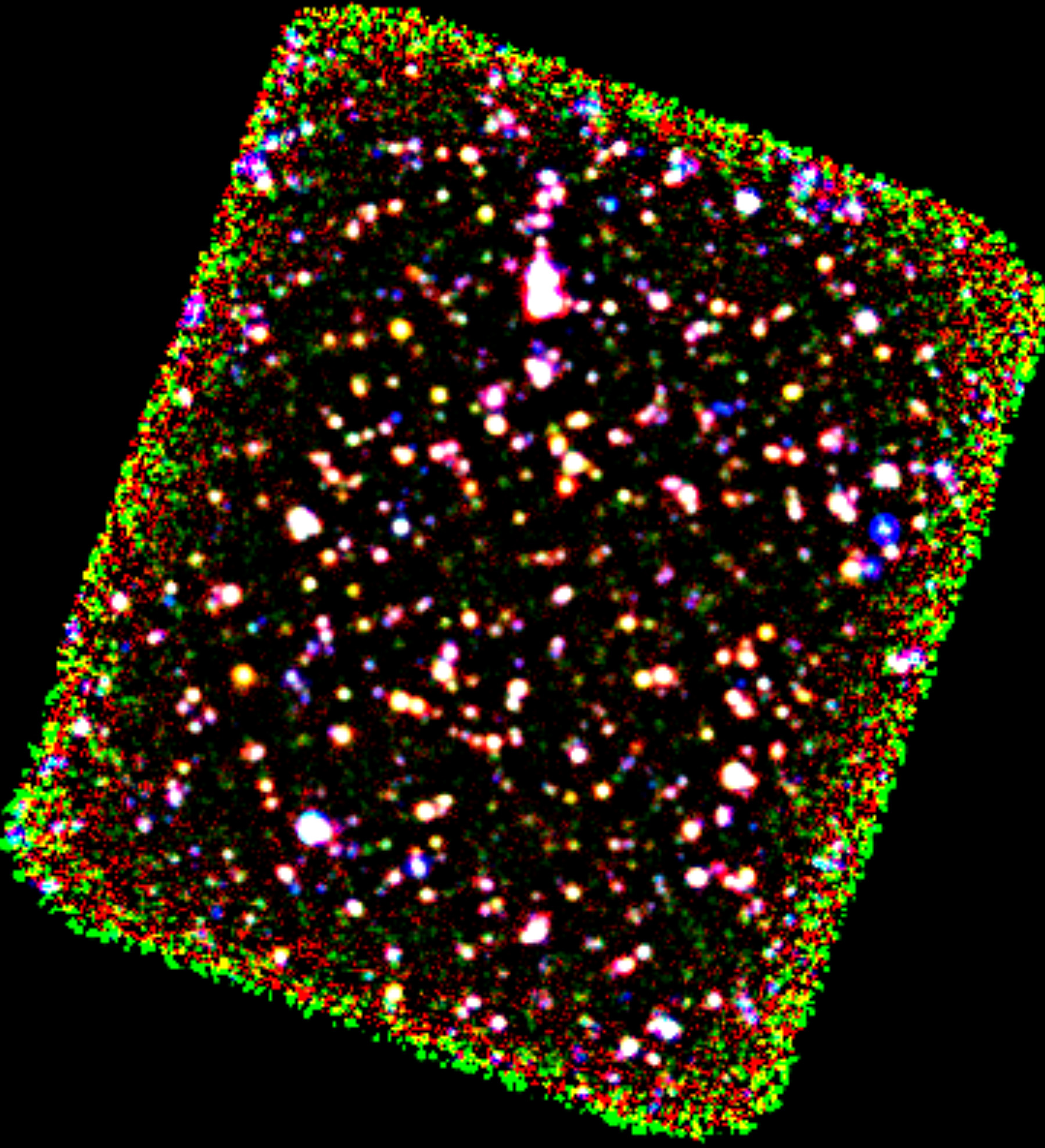Herschel Telescope has changed what we know about new born galaxies.
Remember that previous article about Filaments, called Sonic Boom? (Well if you haven't read it yet, I'd recommend you to read it. ) Well, now Herschel brought us even better news about how galaxies form.
Once you've read what I am talking about, you would now understand why is that previous article linked to this new one. We have always known that stars were formed by Big Bang, right? Yes we do, but how are relatively new stars formed? Well scientists used to say that there was only one way in which new born stars were formed: massive violent collisions between other galaxies.
Fortunately, as you dig more into science, and new technology is developed, you discover phenomena that previously was not even thought to have existed.
This is that type of case: Herschel Telescope has discovered that new born stars are also formed by slow and steady accumulation of raw material gases. This means "that galaxies do not need to collide with each other to drive vigorous star birth." (ESA, 2011)
Thanks to Herschel telescope, scientists have been able to look deeper into space, around 10 billion year ago, and found out that (as they new) vigorous and rapid star development was caused by violent collisions between galaxies. But what happens now? time has passed and galaxies are farther away, meaning they won't collide that easily...so? how about new stars? where do they come from?
Herschel discovered that new stars are also formed by steady gathering of gases around them .
"Gas is the raw building material for stars and this work reveals a simple link: the more gas a galaxy contains, the more stars are born." (ESA,2011)
And even more interesting, scientists have found that actually galaxies' collisions had a minor role during early universe, there more stars formed by this gas gathering rather than by collisions.
These is the data gathered by Herschel Telescope:



No comments:
Post a Comment